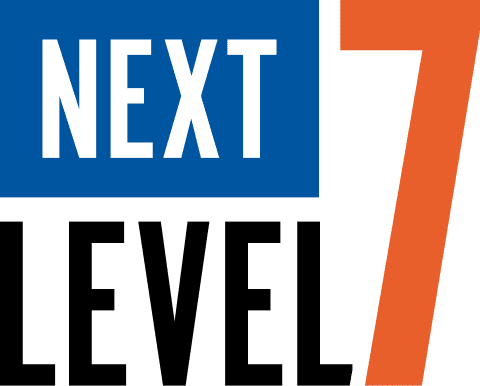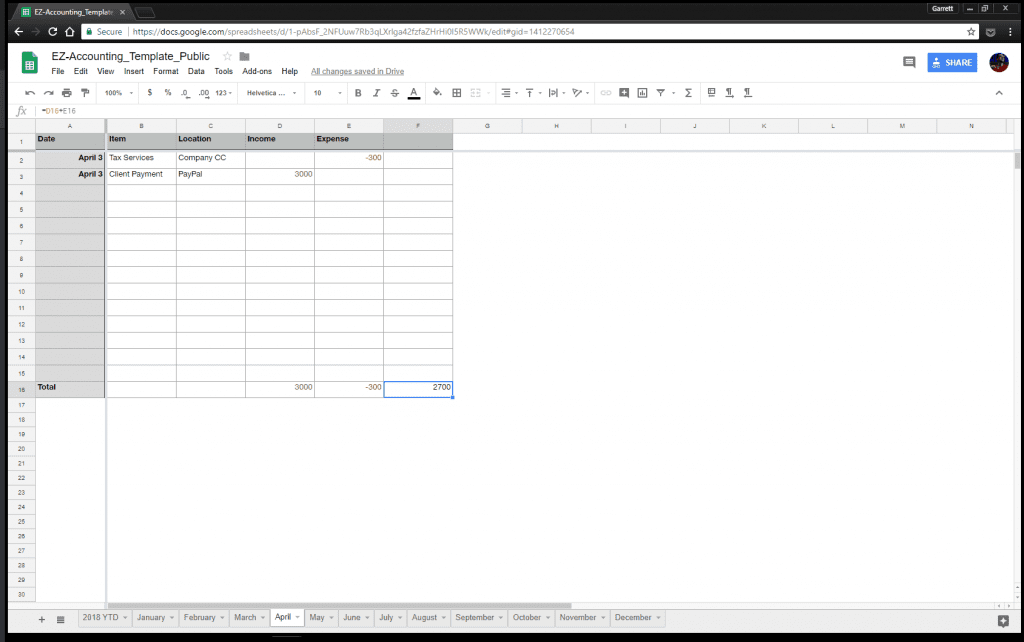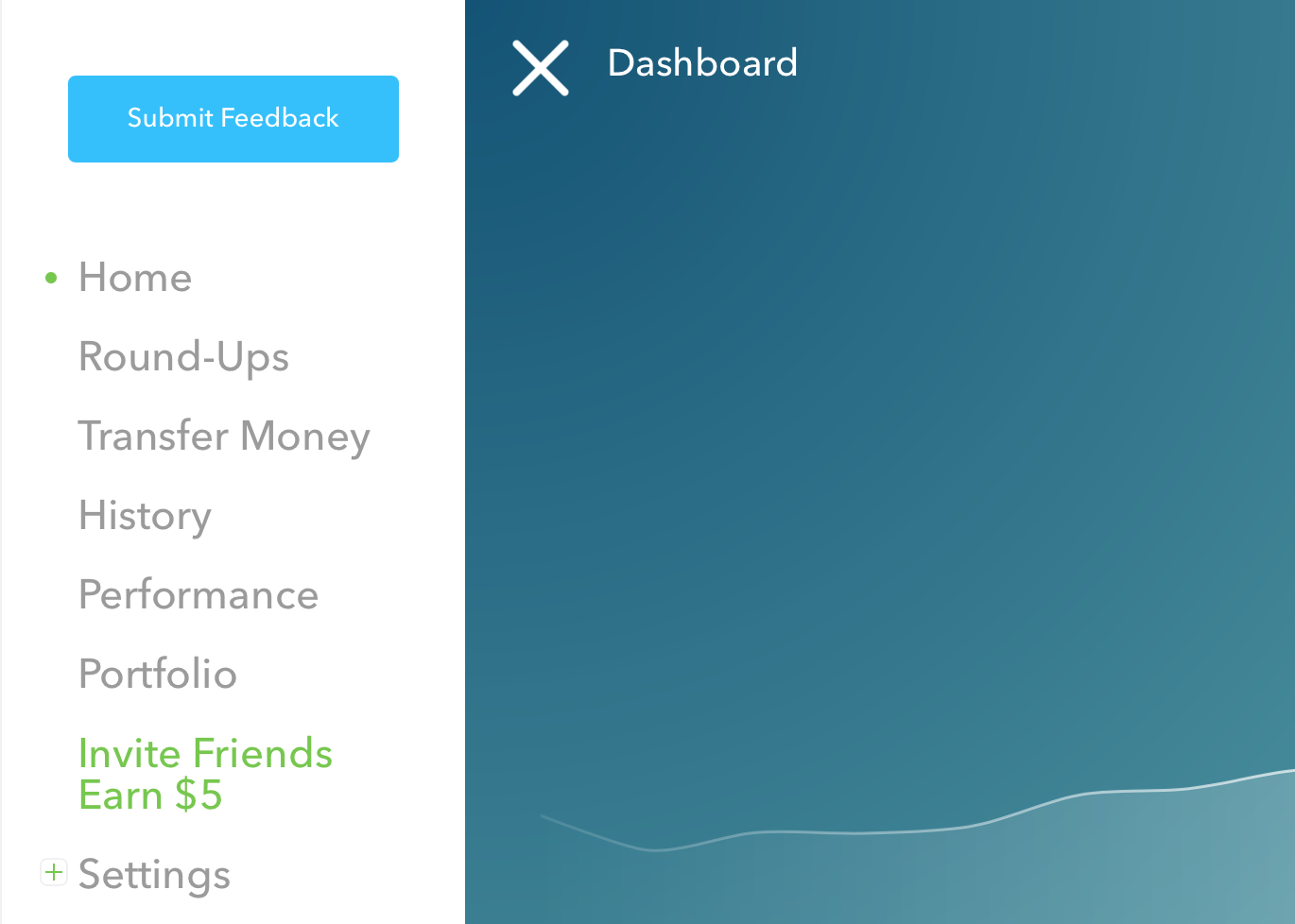
Especially for: Interior Designer, Real Estate, Home Designers, etc
This is something every town needs, only takes a couple hours per week tops (could be outsourced), and is, what I think, the perfect marketing tool for any designer in an area.
I’m going to hand the whole plan to you, right here.
The idea
A weekly events email newsletter.
I don’t know about you, but I’m frequently finding out about events in my town too late.
The problem is there’s no one place anyone in my area is curating all these cool events.
So, to find out what’s going on in my town, I have to check five to ten different websites.
After sharing this frustration with friends in several different states, they’ve expressed the same problem.
Most towns don’t have someone out there aggregating and curating all of these events into a single location for their neighbors to check.
Going one step beyond remembering to check…what if every Thursday an email came in “What to do this weekend in Palm Beach County”?
Personally, I would find that very useful.
You know what? I’ll go ahead and do it.
Here’s how I’m going to do it quickly without spending any money:
The Plan
I don’t want to spend any money yet because right now we need an MVP (Minimum Viable Product) as POC (Proof Of Concept).
Step 1: Get an Email Service
First, I’m signing up for Kit’s free plan (affiliate link), which will allow me to send emails to up to 10,000 subscribers for free.
I’m calling it What To Do in Palm Beach County and I’m grabbing the free domain option “wtdpbc.kit.com“.
Looks like there’s a 14 day trial for a higher level with more tools. Awesome!
Next, we need people to send to.
Step 2: Get Our First 10-100+ Subscribers
Depending on what you’ve already got going on, we should be able to start with at least 10 subscribers and as many as 100 or more.
I’m starting from scratch with this, so the first thing I’ll do is type up a quick note in my phone (feel free to use this):
Hey [friend], I don’t know about you but I’m frustrated with trying to find stuff to do in the area. I keep finding out about the coolest events too late and I miss them. So, I’ve set up a way to gather them and now I’m curating a list of everything I can find! I’m starting a free weekly email newsletter to share it. Every Thursday morning it will go out with all of the local events I can find for that upcoming weekend. Is that something you would be interested in? Obviously you can unsubscribe if you decide it’s not useful for you.
Then, I’m going to scroll through my phone and send copy that into a text message out to everyone I know in the area.
[Friend] will be changed to whatever their name is, and I will not be mass-texting. This is going out one at a time.
Since my client list is world-wide, I’m only sending this out to local friends and family.
But you should also send this out to any of your past clients in the area.
And, if you already have an email list started, you can send it out to them, too.
- If they respond with a “yes”, ask for their email address and manually add them to your Kit.com account.
- If they respond with a “No thanks” just say something like “no problem, let me know if you change your mind.”
I’ve never personally seen this bring in less than 10 people, and I’ve heard from others that it’s brought in as many as 100.
But even if it’s just your mom, that’s cool. Don’t worry about the numbers right now. We just started!
Step 3: Start Aggregating
The hardest part will be gathering all the info.
You could outsource this part pretty easily, but I’m going on a shoe-string budget (my specialty) so I’m doing it myself.
We’re going to start by opening a note on our computer and then we’ll go to Google and start searching.
First I’ll make a list of websites I know have local events listed, such as Meetup, Eventbrite, and in my area we have one I like called Pure Honey. I’ll also add all of the local venues I know of.
Eventbrite has a large amount of the paid events in our area, but it almost never contains the free events. We want to make sure we get a lot of free events in our newsletter.
Next, I’m going to go to Google and start searching these terms, one at a time:
- events in palm beach county
- music in palm beach county
- shows in palm beach county
- plays in palm beach county
- concerts in palm beach county
Flip through the results and anything you find promising to check again in the future, add it to your list.
We don’t want to have to do these searches every week; that will take too long.
We want to have the list of places to check ready to go.
Although I do recommend at most once a month, at least once a quarter, take some time to do this search again to see if there is anything new to add to your list.
I’m also going to add Fandango to my list so I can mention new movies coming out.
From here on out, you’ll want to check every site on your list every time you’re composing your weekly email.
PRO TIP: use an RSS Feed reader to speed up your process. I’ll be using the one built in to the Vivaldi browser, but Zapier has a solid list with links to more information about RSS.
Step 4: Newsletter Format
To make sending emails easier, we’re going to use a template.
Kit has lots of starter templates, so if you don’t want to make your own you can just choose one you like. I’m going to grab the template “Dispatch” and modify it using something like the following format:
[Newsletter Name]
Issue # [Number] – [Date]
Welcome Message
Welcome to this week’s edition of [Newsletter Name]! We’re excited to bring you the latest happenings in our local community.
Music Events
Concert: [Event Name]
Date & Time: [Date & Time]
Location: [Location]
Description: [Brief description of the event]
Live Band: [Event Name]
Date & Time: [Date & Time]
Location: [Location]
Description: [Brief description of the event]
Art & Culture
Art Exhibition: [Event Name]
Date & Time: [Date & Time]
Location: [Location]
Description: [Brief description of the event]
Theater Performance: [Event Name]
Date & Time: [Date & Time]
Location: [Location]
Description: [Brief description of the event]
Sports & Outdoors
Marathon: [Event Name]
Date & Time: [Date & Time]
Location: [Location]
Description: [Brief description of the event]
Community Hike: [Event Name]
Date & Time: [Date & Time]
Location: [Location]
Description: [Brief description of the event]
Family & Kids
Story Time: [Event Name]
Date & Time: [Date & Time]
Location: [Location]
Description: [Brief description of the event]
Kids Workshop: [Event Name]
Date & Time: [Date & Time]
Location: [Location]
Description: [Brief description of the event]
Featured Local Business
[Business Name]
Description: [Brief description of the business]
Special Offer: [Any special offers or discounts]
Community Spotlight
This week, we’re highlighting [Person/Organization] for their contributions to our community. [Brief description of their work and impact]
Stay Connected
Follow us on social media:
Instagram: [Link]
BlueSky: [Link]
Threads: [Link]
Contact Us
Have an event to share or feedback for us? Reach out at [Email Address].
Self Promo
[here’s where I’ll self-promo]
Using this template, every week we only need to fill in the blanks!
Advanced Features
At this point, we’re ready to go. We can start sending emails. But…we’ve got a 14 day trial. Let’s see what that gets us.
Recommendations
In Kit, under the Grow tab, is “Recommendations”.
This is what they call “The Creator Network” and it’s basically free promotion. Actually, you can get paid to promote other newsletters, but that’s out of the scope of this guide.
We’re going to use it to grow our own newsletter for free.
I don’t know how well it will work since we’re focused on a local niche, but if it’s free then why not?
Sign up for the Creator Network and follow their instructions to get started.
Creator Profile
Also under the Grow tab is “Creator Profile.”
This is essentially a small website for your newsletter.
You can do all sorts of things with it, but at the very least what we want is a short description, a way for people to sign up, and a way to view at least the most recent newsletter issue.
This will be found at the `.kit.com` URL you selected earlier. IE mine is https://wtdpbc.kit.com. You can add your own domain name later if you want.
Go ahead and fill that stuff out; they’ve already got you started.
Learning More
There’s a lot more you can do to improve this moving forward, so I highly recommend you check out Kit’s free “Creator University” at https://learn.kit.com.
Aside from that, start sending your weekly email and don’t be scared! You’re ready to launch now. Like everything in life, you will learn more as you do it, so just go ahead and get started and improve over time.
If you followed this guide, send me a link to sign up for your newsletter. I’d love to see it!









